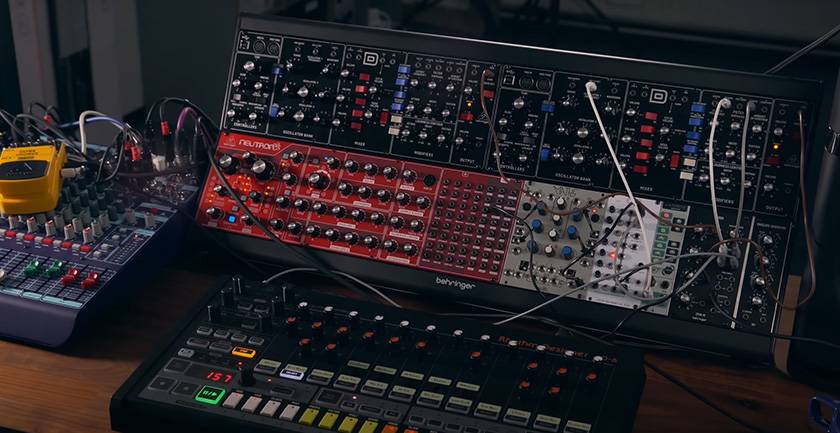
I have always been quite averse to modular synthesizers. However, I had a chance to try out an actual machine at the Sound House showroom, and when I assembled the module, I said to myself, “What an interesting instrument!” I'd like to introduce all of you to the charm of modular synthesizers, how to get started, and what you need to enjoy them.
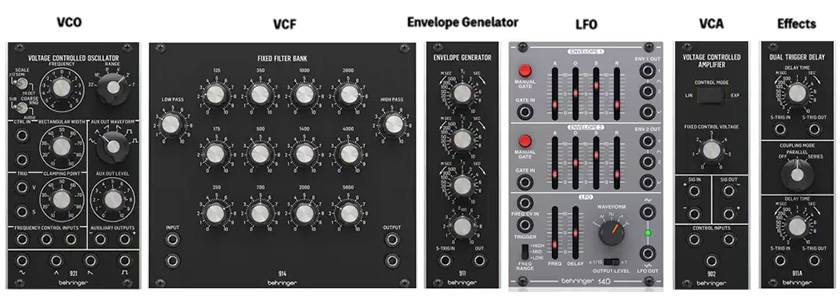

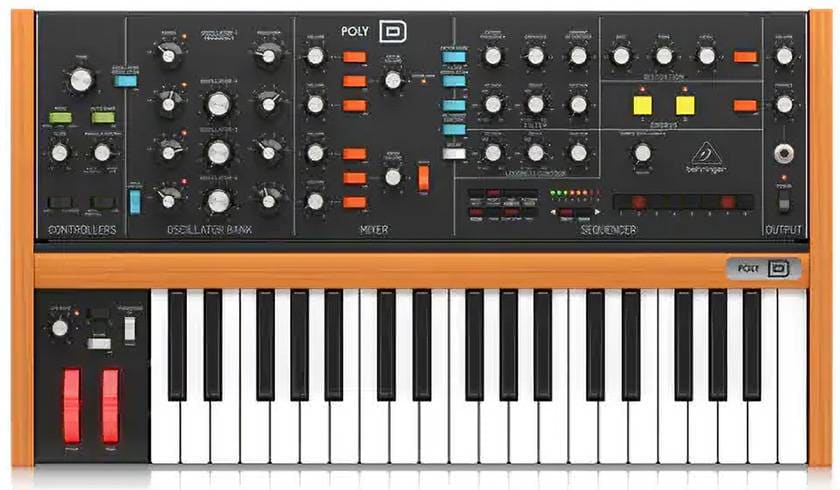
What is a modular synthesizer anyway?
A modular synthesizer is a system that generates sound by independently combining individual acoustic modules (amplitude modulation, frequency modulation, filters, etc.). Each module usually has its own function and can be interconnected using patch cables to create complex acoustic effects and timbres.
The greatest feature of modular synthesizers is their flexibility and expandability. Users can freely arrange and connect modules to create their own unique music production environment. Another great feature is the ability to create unpredictable sounds and new musical expressions by patching between modules. On the other hand, its complexity makes it difficult to operate, and the learning cost is high for beginners. Sound creation by patching is not intuitive and requires time and patience, but it allows for the creation of original and unique sounds.
I recommend that you first try the six modules utilized for analog synthesizers as shown in the image above.
If you’re still finding it difficult, you can create a synth sound right away if you have the 3 principles VCO, VCF, and VCA, which are the principles that produce synthesizer sounds.
What you need for a modular synth
Modular synths require a Eurorack to supply power and set up the synth, patch cables to connect modules, and modules for using with each other.
Euro rack (system) sizes
Small systems (e.g. 60 HP)
- Uses:
- Suitable for tabletop use, ideal for home sound production and small-scale performances. Compact and portable.
- Advantages:
- Compact, cost-effective, and suitable for beginners. Ideal for use in confined spaces or for specific sound experiments.
- Disadvantages:
- Fewer modules and limited sound creation options. Also, scalability may be low.
Medium system (84HP-104HP)
- Uses:
- Many modules can be combined for music production and live performances. General size and suitable for many users.
- Advantages:
- Ample space for a wide range of sound creation options and good price for value ratio. Relatively stable performance.
- Disadvantages:
- Medium size and a little inconvenient to carry. Increased weight and can be somewhat difficult to handle.
Large systems (208HP, etc.)
- Uses:
- Suitable for complex sound creation and large scale live performances. Many modules can be combined, making it suitable for professional applications.
- Advantages:
- High degree of freedom in sound creation and a wide range of musical expression is possible by combining multifunctional modules.
- Disadvantages:
- Some are large and heavy, making them difficult to carry around. Cost is also high, so care must be taken with your budget. Setup and management can be complicated.
Differences from Ordinary Synthesizers
Difference in Volume
Modular synths are very loud and need to be adjusted to line level with an output module. In some cases, a preamp module (input module) is also needed to bring up the line level of other synths or effects pedals to the modular level.
BEHRINGER / 305 EQ/MIXER/OUTPUT
MIDI and CV/GATE
While regular synths and DAWs use the MIDI standard, modular synths use CV (control voltage) and GATE (trigger signal). There is also a module that converts MIDI to CV/GATE/CLOCK for use with DAWs, grooveboxes, etc.
Special Features of the Sequencer
Modular synth sequencers, unlike typical DAW or groovebox sequencers, can be difficult to work with on their own; CV sequencers and GATE sequencers may be separate, and they are generally not scale-oriented. Modular sequencers are more constrained and can create unique phrases and sounds because of this.
BEHRINGER / CLOCKED SEQUENTIAL CONTROL MODULE 1027
Modular Synth Power Supply
There are board-shaped bus boards and flying bus boards that use cables to branch the voltage, and each module is connected and powered with a ribbon cable. Ribbon cables have a direction of connection and are usually aligned with -12V to prevent misconnection of the power supply. Be careful not to connect them incorrectly, as this may cause the module to malfunction.
Tiptop Audio / Zeus Passive Bus Board
Minimum Required Modules
Basically, you only need an oscillator module to produce sound, but I recommend that you have all the necessary modules as the basis of an analog synthesizer.
Analog synthesizers follow the three principles of sound: tone, pitch, and volume, or oscillator, filter, and amplifier.
As a modular synthesizer, you should also have a sequencer module to create the rhythm of the sound, an output module to adjust the volume with other synths, and an envelope module to adjust the movement of oscillators and filters.
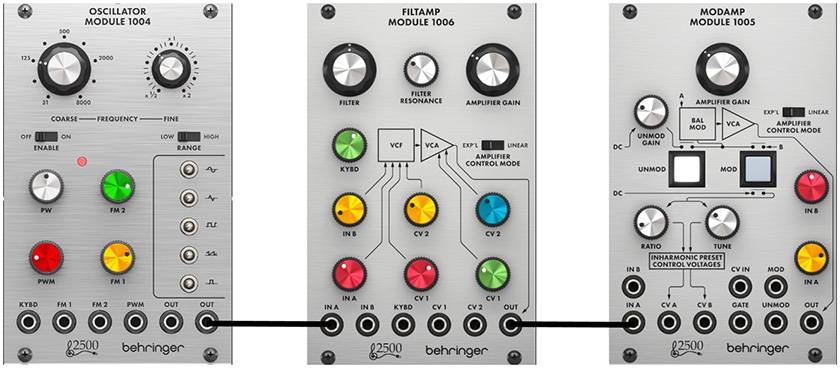
Each Module
Modular synths have a variety of modules with the main ones being:
Oscillator
The oscillator is the basic component that generates sound. It generates different waveforms (sine, square, triangle, sawtooth, etc.) and creates a variety of tones by adjusting the frequency and amplitude.
- Sine wave:
- The most basic waveform in synthesizers with smooth, uniform periodic oscillations.
- Square Wave (Square):
- A waveform that rises and falls abruptly in a specific period, giving it a rectangular shape.
- Triangular wave (Triangle):
- The waveform rises and then falls evenly, resulting in a triangle-like shape.
- Sawtooth wave (Sawtooth):
- The waveform rises at a constant slope and then drops abruptly. The rising part is straight and the falling part falls rapidly, giving it the appearance of a sawtooth blade.
Filter
Adjusts the frequency components of sound. There are four main types: low-pass, high-pass, band-pass, and band-stop, which emphasize or attenuate the respective frequency bands.
- Low-pass filters (LPF):
- Allows sounds below a specified cutoff frequency to pass through and attenuates frequencies above it. This gives the sound a softer, rounder impression.
BEHRINGER / 904A VC LOW PASS FILTER
- High-pass filter (HPF):
- The HPF allows sounds above a specified cutoff frequency to pass through and attenuates frequencies below it. This makes the sound clearer and more intelligible.
BEHRINGER / 904B VC HIGH PASS FILTER
- Bandpass Filter (BPF):
- Passes only certain frequency bands and attenuates other frequencies. Suitable for emphasizing specific tones.
BEHRINGER / MULTIMODE FILTER / RESONATOR MODULE 1047
- Band Stop Filter (BSF):
- Attenuates certain frequency bands and allows other frequencies to pass through. It is used to remove specific noise or unwanted components.
Filters have the ability to adjust cutoff frequency and resonance, which allows for even finer control over tonal changes. Filters are very important in sound creation and allow for a wide variety of expressions in music production and sound design.
Amplifier
A component that controls the amplitude (volume) of sound. Specifically, it receives audio signals from oscillators and filters, adjusts the strength of the signals, and outputs them. Amplifiers are important elements that greatly affect the dynamics and expressiveness of sound.
BEHRINGER / 100 Series 130 DUAL VCA Analog dual VCA module
Envelope
The envelope controls the time variation of the sound. Generally, an ADSR (attack-decay-sustain-release) envelope is used to fine-tune the characteristics of the sound's pronunciation.
By connecting the envelope to an oscillator, filter, or amplifier, the temporal changes of each element can be controlled, enriching the expressiveness of the sound.
BEHRINGER / DUAL ENVELOPE GENERATOR MODULE 1033
- Attack:
- Sets the time from when the sound is pronounced until it reaches maximum volume. A short attack time produces a sharp sound, while a long attack time produces a soft sound.
- Decay:
- Sets the time it takes for the sound to decay to the sustain level after reaching maximum volume. A short decay time causes the sound to decay immediately, while a long decay time causes a gradual decay.
- Sustain:
- Sets the volume level during which the sound is sustained. It determines how loud the sound will be sustained after the attack and decay.
- Release:
- Sets the decay time when the sound stops. A short release time causes the sound to fade away abruptly, while a long release time causes the sound to fade away gradually.
Modulation
Modulates the parameters of the sound, using LFOs and envelopes to add variety to the tone.
BEHRINGER / MULTIMODE FILTER / RESONATOR MODULE 1047
Sequencer
The sequencer creates sound patterns and rhythms. Sequencers for modular synthesizers are particularly unique and vary in sequence length and functionality.
BEHRINGER / 960 SEQUENTIAL CONTROLLER
Effects
Adds delays, reverbs, distortions, and other effects to the sound.
Summary
As described above, modular synthesizers are synthesizers that allow you to customize various functions utilized in analog synthesizers to your own taste as modules, and they help you to create your own sounds by adding or subtracting functions.
In addition to the modules I introduced above, there are various other modules such as modulators, controllers, and mixed modules, and even modules with similar effects vary from manufacturer to manufacturer.
If you love synths and can spend hours making sounds and playing with instruments, this is a genre I very much recommend. If this is your first opportunity to get started, start by following the analog synths and get yourself some oscillator, filter, amp, and in-out modules to expand your world!





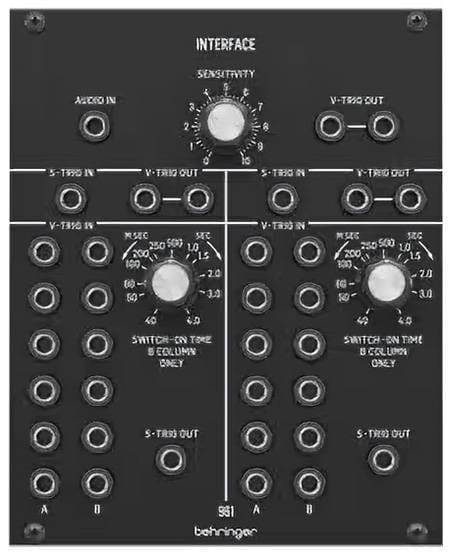 961 INTERFACE
961 INTERFACE EURORACK GO
EURORACK GO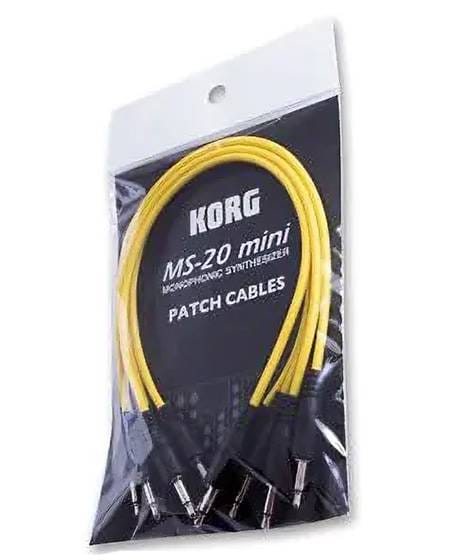 MS-CABLE-YL
MS-CABLE-YL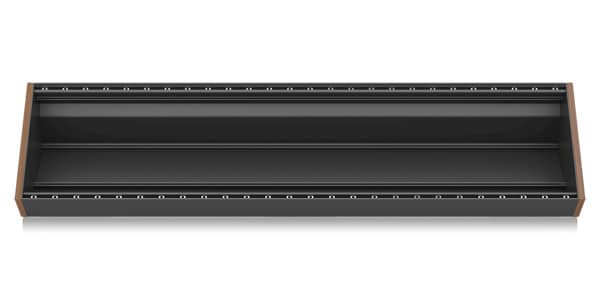
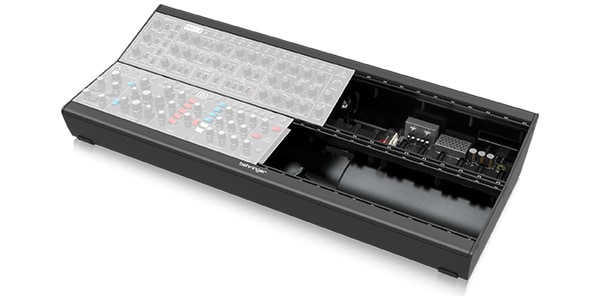
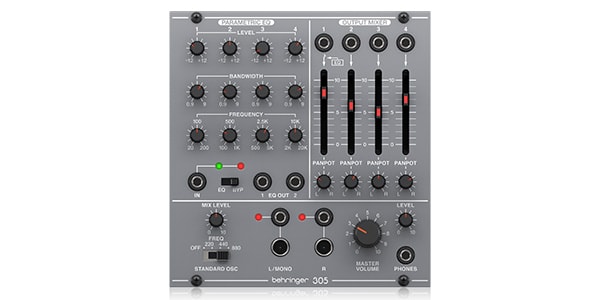
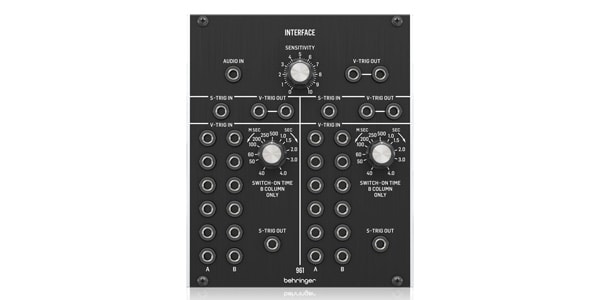
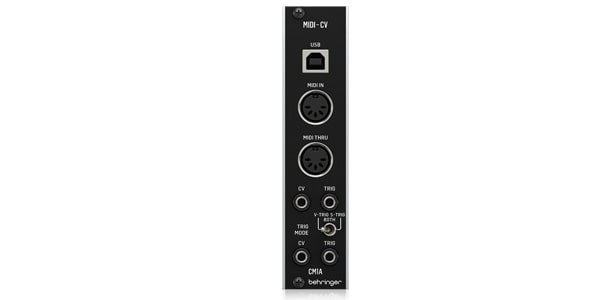
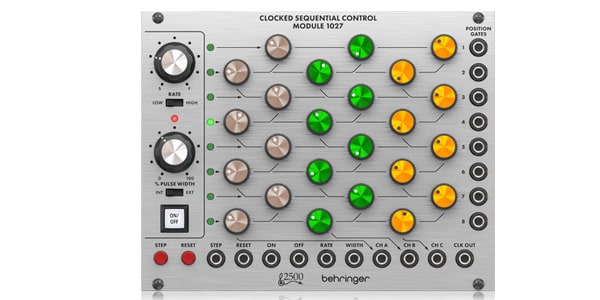

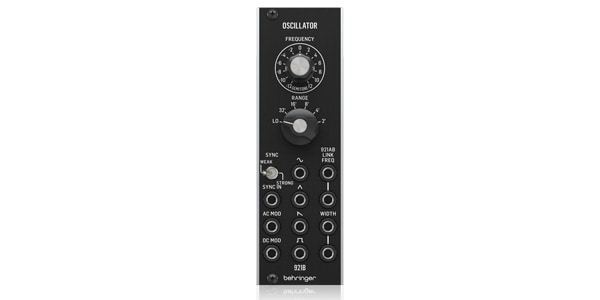
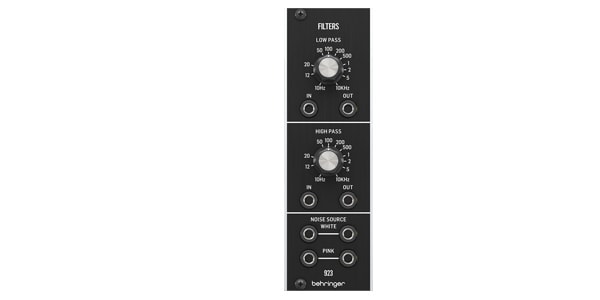
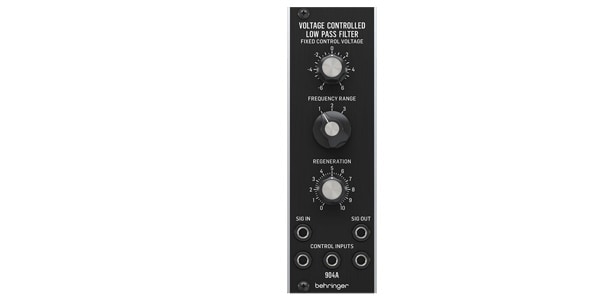
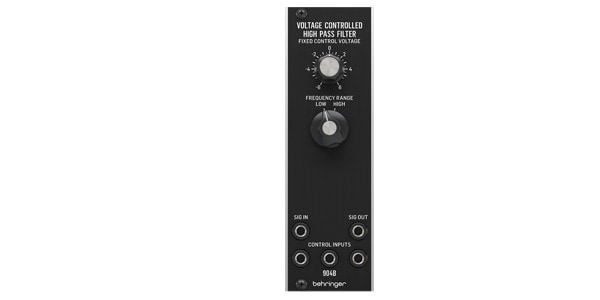
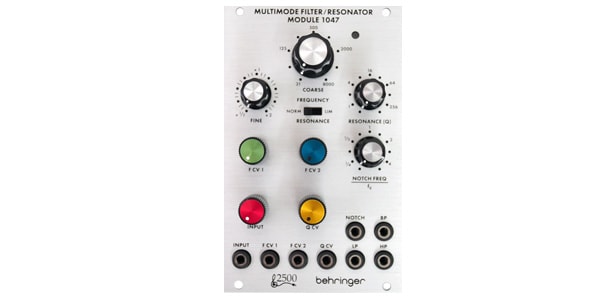
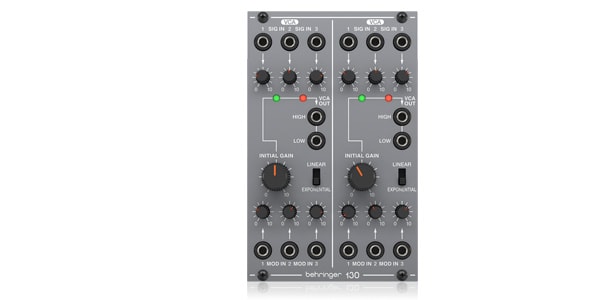
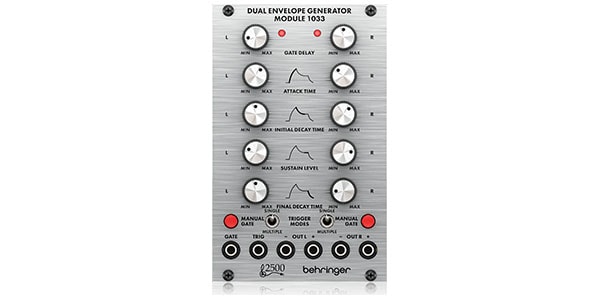
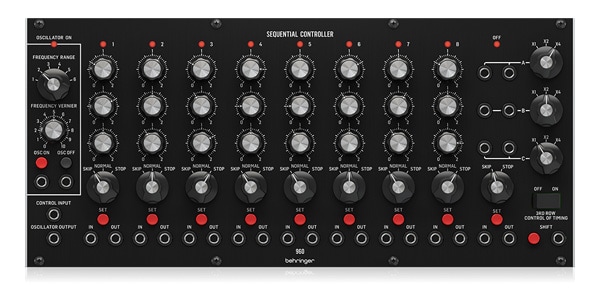
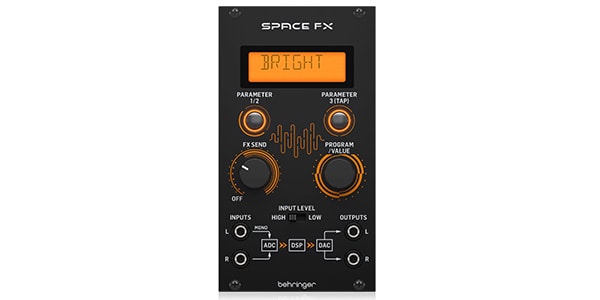





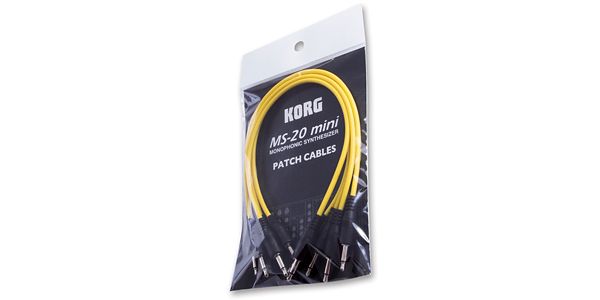
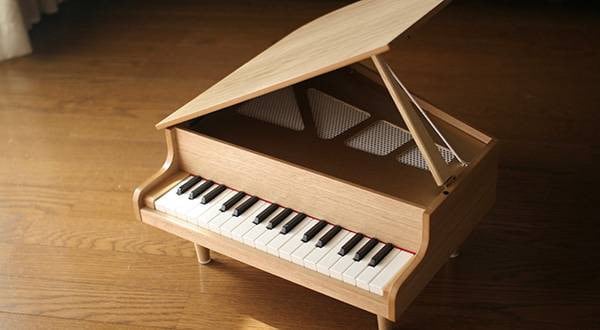
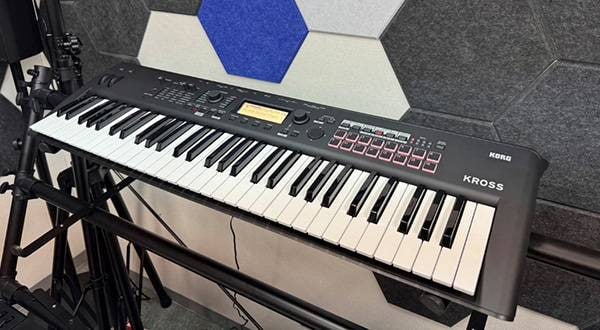

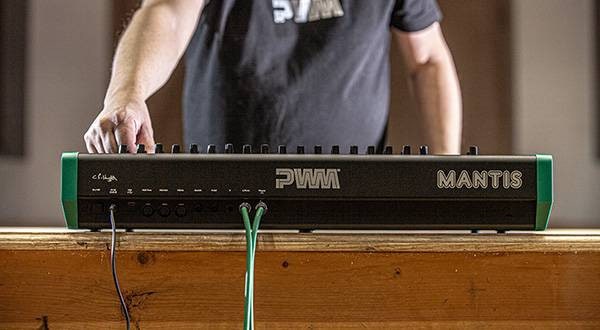
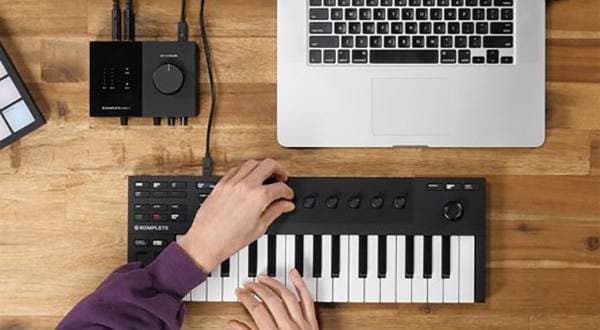
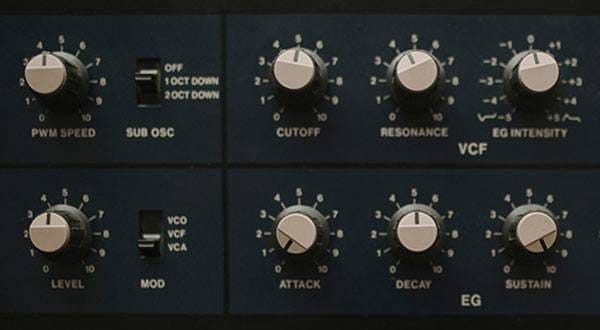
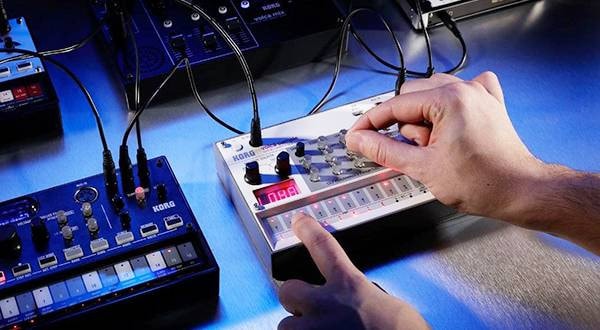
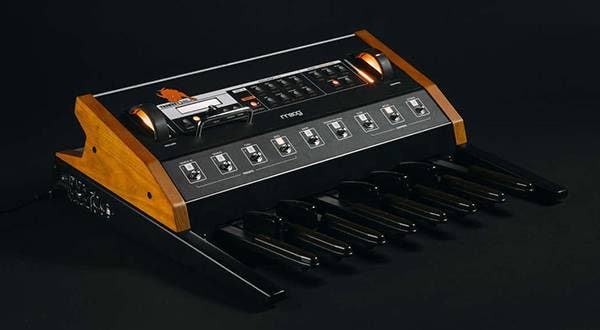
![[2025 Latest Edition] Choosing a Synthesizer/Popular Synthesizers Ranking](/contents/uploads/thumbs/2/2022/9/20220916_2_19446_1.jpg)
![[2025 Latest Edition!] Popular Modular Synthesizer/Semi-Modular Synthesizer Ranking [Recommendations]](/contents/uploads/thumbs/2/2021/12/20211202_2_15495_1.jpg)

 PLAYTECH キーボードセレクター
PLAYTECH キーボードセレクター
 PLAYTECH 鍵盤特集
PLAYTECH 鍵盤特集
 USB接続対応のMIDIキーボード
USB接続対応のMIDIキーボード
 キーボードスタートガイド
キーボードスタートガイド
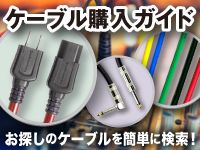 ケーブル購入ガイド
ケーブル購入ガイド
 キーボード・ピアノ講座
キーボード・ピアノ講座















